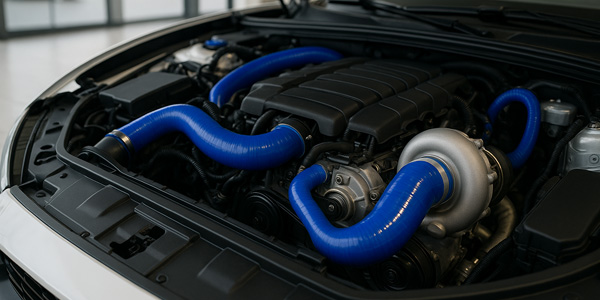
For passionate drivers, the engine bay is far more than a collection of parts. It represents precision, performance and personality all in one place. Upgrading components under the bonnet has become one of the most popular ways for car enthusiasts to express their creativity while also improving reliability and efficiency. Whether you are enhancing a daily driver or building a show car, engine bay upgrades deliver both visual appeal and performance advantages.
Making a Visual Statement
A clean and well-presented engine bay makes an instant impression. Many enthusiasts enjoy replacing standard components with colourful silicone hoses, polished alloy parts and neatly routed wiring to give their car a professional finish. These details create a distinctive look that reflects pride and attention to detail. At car meets, shows, or even during regular maintenance, a well-kept engine bay stands out and showcases the owner’s dedication to their vehicle.
Performance and Practical Benefits
While engine bay upgrades often look impressive, they also bring real performance benefits. Swapping worn rubber hoses for premium silicone options, improving cooling systems, or upgrading heat shielding can enhance both reliability and efficiency. These improvements help engines maintain consistent temperatures, reduce wear, and handle higher performance demands.
Accessible Projects for All Skill Levels
Another reason enthusiasts love engine bay upgrades is that many are achievable without specialist tools or advanced mechanical knowledge. Installing new hoses, cleaning up wiring, or fitting heat-resistant sleeves are great starting points for anyone new to car modification. More experienced builders can take things further with custom fittings, intercooler piping, or performance-focused components.
Building a Foundation for Future Modifications
Upgrading the engine bay often lays the groundwork for bigger performance enhancements later on. Reinforced hoses, improved cooling and high-quality fittings create a stronger, more reliable foundation for future upgrades such as turbocharging or remapping. By improving the basics first, enthusiasts ensure their car can handle greater power without compromising reliability.
Pride and Community
For many, the engine bay is a point of pride and connection. Sharing before-and-after photos, showcasing at events, or simply lifting the bonnet for friends to admire creates a sense of accomplishment and belonging within the automotive community. A tidy and thoughtfully upgraded engine bay tells a story about care, craftsmanship, and passion for performance.
The Final Word
Engine bay upgrades combine style, substance, and satisfaction in equal measure. They improve how a vehicle looks, performs and feels while giving enthusiasts a creative outlet to express their personality. Whether you are chasing horsepower gains or simply refining the presentation of your car, investing time and care into your engine bay can transform your driving experience and make every journey a little more rewarding.




